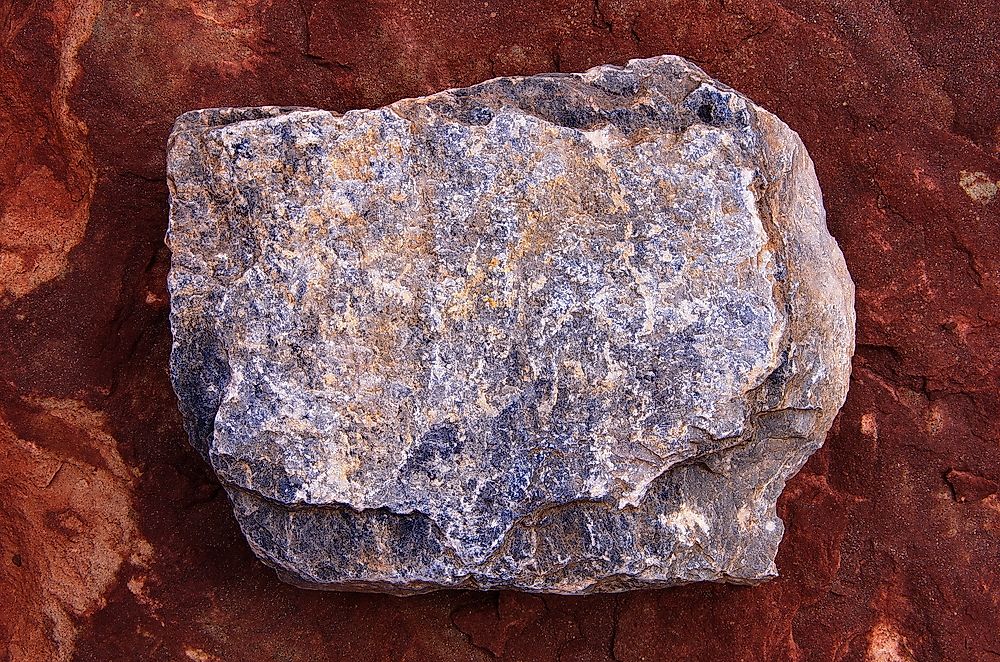What Is Andesite?

Andesite is a type of igneous rock that is formed by volcanic activity. It is usually dark grey or bown in colour. It usually exists as the solid form of volcanic lava or magma. The mineral composition of andesite includes biotite, pyroxene, or amphibole. It is known as a "host rock" for the popular gemstone, Andesine.
4. Where is Andesite Found?
The name "Andesite" is derived from the Andes Mountains of South America, where the rock was originally discovered. However, the rock forms from subduction zones all around the world. These zones can be found in Central America, Mexico, Japan, Indonesia, the Philippines, New Zealand, the US Pacific Northwest, and the Caribbean alike.
3. How is Andesite Formed?
Andesite rocks will form in regions above subduction zones. This formation usually occurs after oceanic plates melt amid the subduction zone, as the melting serves as a source of magma. When such magma erupts to the surface, it creates a fine-grained rock that crystallizes quickly. Quartz is among the most common elements to be found in Andesite.
2. Uses
In the modern world, much like Basalt, we use Andesite for many construction purposes, including aggregated gravel for roadbeds. We also see Andesite used in famous statues and monuments around the world. Many artifacts found in ancient temples and monuments, including the famous "Head of Buddha" found in the Indonesian Mountains, are made from Andesite. This rock also has a resistance against slipping, which makes it an excellent choice for floor tiling work.
1. Production
The famous saying “if it can’t be grown, it must be mined” applies to many rocks and minerals, and Andesite is no exception. Mines all over the world work to cultivate the rock and extract it from its natural deposits. Many commercially viable Andesite mines are found across Central America, Europe, and Southern Asia. Our Earth's natural surface is predominately Andesite, so the supply will likely never run out. Andesite has proven time and time again to be one of our most readily useful and plentiful natural resources.











